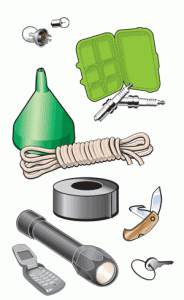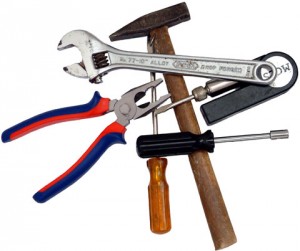A Small Businesses Make-Over Using Marketing Automation
 Small businesses make-over using marketing automation. Staying in touch with leads and nurturing them through the sales process is a realistic challenge many organizations face. It’s vitally important businesses convert leads into paying customers. Small or new businesses face overwhelming challenges from existing competitors when reaching out to customers; such as getting their attention, finding leads, and converting leads into sales. They don’t have adequate manpower and technical ability to fire up their sales engines due to lack of resources and experience. Financial constraints also prevent them from carrying out resourceful marketing campaigns. This often results in impending marketing problems, which risk profitability, growth, and sustainability of the business.
Small businesses make-over using marketing automation. Staying in touch with leads and nurturing them through the sales process is a realistic challenge many organizations face. It’s vitally important businesses convert leads into paying customers. Small or new businesses face overwhelming challenges from existing competitors when reaching out to customers; such as getting their attention, finding leads, and converting leads into sales. They don’t have adequate manpower and technical ability to fire up their sales engines due to lack of resources and experience. Financial constraints also prevent them from carrying out resourceful marketing campaigns. This often results in impending marketing problems, which risk profitability, growth, and sustainability of the business.
Luckily, marketing automation is there to help small businesses easily achieve sales and marketing objectives. Here are some benefits of using marketing automation for a small business:
- Marketing automation allows small businesses to streamline sales tools, augment social media and email marketing efforts, and accelerate marketing performance with a focused outreach strategy.
- Marketing automation automates core components of the selling process and enhances visibility across a variety of channels while adding more “teeth” to agile marketing campaigns. Better client monitoring allows enhanced targeting and less repetition. Business can maintain and enhance relationships with customers, partners, vendors and other stake holders using marketing automation tools.
- Marketing automation combines various outreach mediums such as social media and email campaigns for greater customer attention. Sales teams leverage marketing automation to monitor prospects or customers online interaction across a number of channels and identify their level of interest in a brands products and services. When a visitor lands on your website, automated tools welcome them at various points delivering tailored messages, such as free trial offers, customized solution offerings or personalized greetings.
- By adopting a marketing automation process, small businesses are in a position to view and track data analytics, follow up on visitors frequenting your site, increase the ability to develop leads and improve chances of converting them into a sale.
- Marketing automation provides better interaction with prospects through automated tools which enables businesses to set up appropriate rules for contact with customers, vendors, and partners. Automation facilitates easy ways to reestablish and maintain relationships with clients and prevents repetition. By delivering the right content at the right time, it helps accelerate sales cycles and keeps marketing communication thriving.
Integrating your strategic plan with marketing automation technology allows small businesses to optimize their lead management process, bridge communication gaps, and maximize marketing strategy that empowers your organization to achieve more with less.



 A lead has marginal value until it can be successfully converted into a sale. Businesses spend a considerable amount of time and money securing quality leads and cannot afford ineffective nurturing. Use some of these guidelines to convert leads using smart lead nurturing. If the information that is sent out is not relevant and informative to a lead’s specific interests then the content will be of no value to them. That is why the first step is to qualify leads and segment them based on their browsing history.
A lead has marginal value until it can be successfully converted into a sale. Businesses spend a considerable amount of time and money securing quality leads and cannot afford ineffective nurturing. Use some of these guidelines to convert leads using smart lead nurturing. If the information that is sent out is not relevant and informative to a lead’s specific interests then the content will be of no value to them. That is why the first step is to qualify leads and segment them based on their browsing history.






